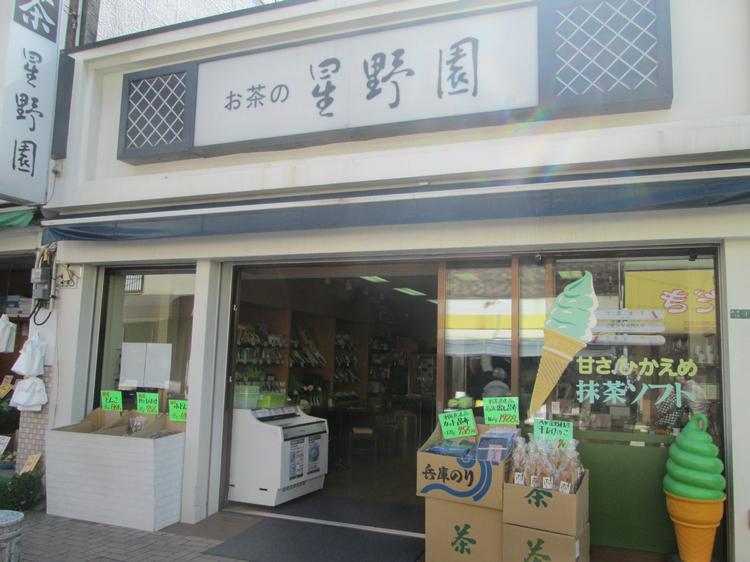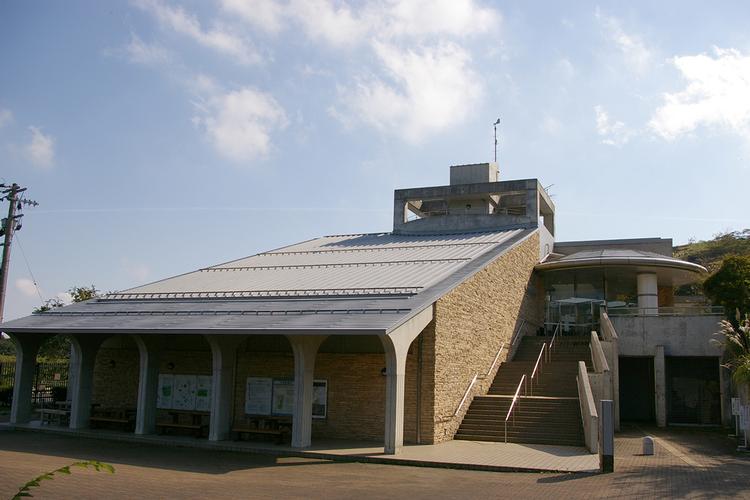- No-11
- 門司区役所(旧門司市役所)
-
■ Commentary
門司区役所は門司港とJR門司港駅を見下ろす丘の上に位置する、鉄筋コンクリート造3階建の建物です。海岸道路から見ると、背後の山の緑と建物のクリーム色のシンプルな形が美しいコントラストを生み出しています。
門司港は、明治20(1887)年以前までは小さな漁村でした。しかし、明治22(1889)年に石炭や米などの特別輸出港に指定され、さらに明治24(1891)年に九州鉄道が開通すると、陸海における九州の玄関口としてめざましい発展を遂げます。
それに伴い、明治27(1894)年には周辺の村を統合して門司町が誕生し、明治32(1899)年に門司市に昇格。次いで翌年に小倉が、大正時代に入って若松、八幡、戸畑が順に市になっています。このため、門司の人々は、北九州で最も早く市になったことを誇りに思っていました。明治41(1908)年には、門司市庁舎が西本町から清滝に移転。現在の門司区役所は昭和5(1930)年に門司市庁舎として落成したものです。
昭和38(1963)年2月10日、門司・小倉・若松・八幡・戸畑の5つの都市が合併して北九州市が誕生しました。これを機に、門司市は北九州市門司区へ、門司市庁舎は門司区役所へ生まれ変わります。建造物は今なお現役で使われ、平成11(1999)年には国の登録有形文化財に登録されました。
旧門司市役所庁舎の工事総額は一部の用地費を含めて約50万円。現在の価値では20〜25億円に相当すると言われています。
設計したのは、九州大学箱崎キャンパスの校舎を数多く設計したことで知られる倉田謙。倉田は明治44(1911)年に九州帝国大学(現九州大学)の技師として働くかたわら、講師として学生たちに建築構造を教えていました。その後、同大学工科大学の臨時建築掛を監督することになります。
大正7(1918)年に建築掛は大学建築課へと発展。倉田は初代課長として退官する昭和4(1929)年まで、大学内の建物を大小合わせて40棟近く設計・監督しました。
また、大学以外に福岡日日新聞社(現西日本新聞社)や久留米市役所などの設計も手掛けたと言われています。独特の作風で知られ、特に九州大学の建築では、初期の柔らかな曲線を使ったゼツェッシオン風のものから後期の様式解体を推し進めた作品までが残っていました。
旧門司市庁舎の設計も、倉田が課長在任中に手がけられたものと考えられ、装飾などの細かい点を除くと、九州大学の旧工学部本館との類似性が認められます。建築当時は「全国に誇るべきモダンな庁舎」と報じられました。
-
■ Information
住所:福岡県北九州市門司区清滝1-1-1
電話番号: 093-331-1881
駐車場:なし
営業時間 : 8:30〜17:00
休館日 :
料金 : 無料
その他・お知らせ:土日は外観のみ見学可
URL: -
■Category
分類:構成文化財
ジャンル:ストーリー2
エリア:門司・小倉エリア

私の旅手帳は、あなただけのオリジナルコースを作成しルート案内やナビゲーションしてくれます。
ドラック&ドロップまたは指で順番が変えられます。
私の旅手帳「観光リスト」


江戸政
-
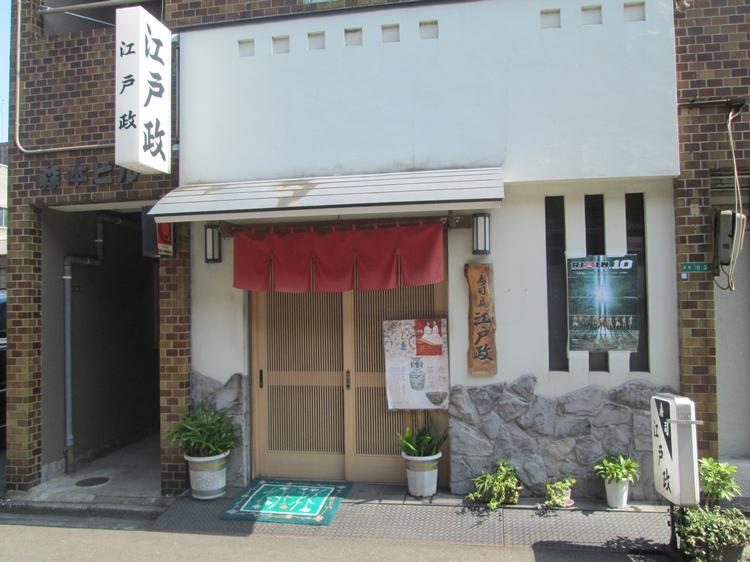
- 分類:
食べる
ジャンル: 和食
エリア: 門司・小倉エリア
-
松之鮨
-
- 分類:
食べる
ジャンル: 和食
エリア: 門司・小倉エリア
-
オカダ
-
- 分類:
買う
ジャンル: 服飾
エリア: 門司・小倉エリア
-
メガネのマツイシ
-

- 分類:
買う
ジャンル: 装飾品
エリア: 門司・小倉エリア
-
山吹かまぼこ栄町本店
-
- 分類:
買う
ジャンル: 食品
エリア: 門司・小倉エリア
-
有限会社 梅園 門司駅前本店
-
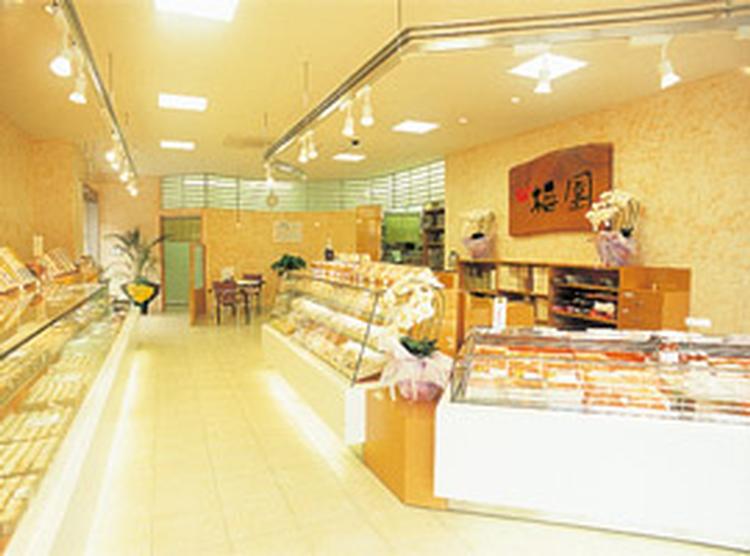
- 分類:
買う
ジャンル: 食品
エリア: 門司・小倉エリア
-
有限会社 梅園 門司港店
-

- 分類:
買う
ジャンル: 食品
エリア: 門司・小倉エリア
-
有限会社 梅園 門司港レトロ店
-

- 分類:
買う
ジャンル: 食品
エリア: 門司・小倉エリア
-
有限会社 梅園 小倉魚町店
-

- 分類:
買う
ジャンル: 食品
エリア: 門司・小倉エリア
-
キッチンたんぽぽ
-

- 分類:
食べる
ジャンル: 和食
エリア: 門司・小倉エリア
-
cafe RICO STAR
-

- 分類:
食べる
ジャンル: カフェ
エリア: 門司・小倉エリア
-
からしめんたいの寿々屋
-
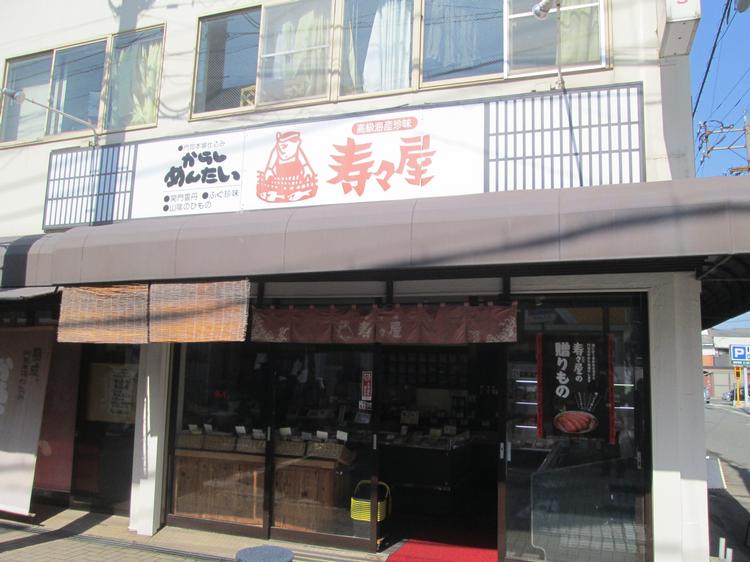
- 分類:
買う
ジャンル: 食品
エリア: 門司・小倉エリア
-
門司の駅前cafe喫茶BONGO
-

- 分類:
食べる
ジャンル: 洋食
エリア: 門司・小倉エリア
-
ブティック サバーイフロア
-

- 分類:
買う
ジャンル: 服飾
エリア: 門司・小倉エリア
-
六曜館GIG
-

- 分類:
食べる
ジャンル: カフェ
エリア: 門司・小倉エリア
-
よしざき
-

- 分類:
買う
ジャンル: 服飾
エリア: 門司・小倉エリア
-
芋伝説
-
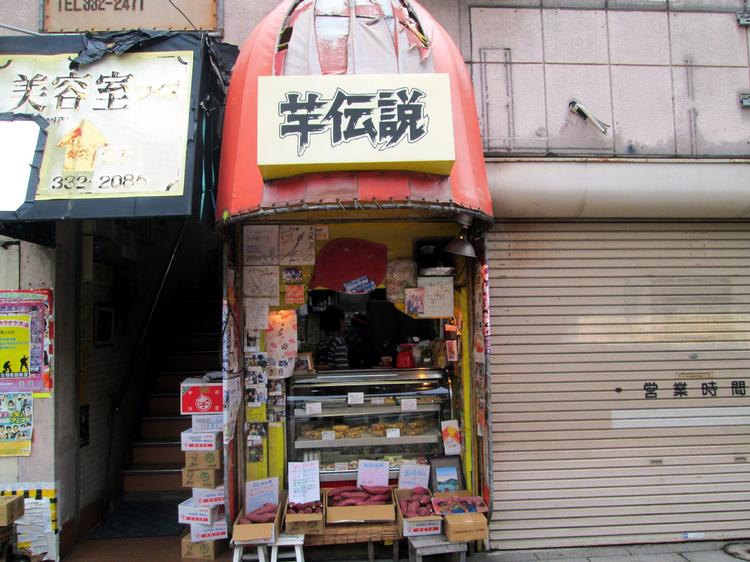
- 分類:
買う
ジャンル: 食品
エリア: 門司・小倉エリア
-
メガネのすっきり
-

- 分類:
買う
ジャンル: 装飾品
エリア: 門司・小倉エリア
-
寿し処 光本
-

- 分類:
食べる
ジャンル: 和食
エリア: 門司・小倉エリア
-
焼とり 権兵衛 小倉魚町店
-
- 分類:
食べる
ジャンル: 飲む
エリア: 門司・小倉エリア
-
焼とり 権兵衛 城野四ツ角店
-

- 分類:
食べる
ジャンル: 飲む
エリア: 門司・小倉エリア
-
小倉ベイホテル第一
-

- 分類:
泊まる
ジャンル: ホテル
エリア: 門司・小倉エリア
-
Billiards&Darts BAR Gira Spirits
-
- 分類:
遊ぶ
ジャンル: その他
エリア: 門司・小倉エリア
-
レトロ一番館
-
- 分類:
買う
ジャンル: 服飾
エリア: 門司・小倉エリア
-
やきにく百済
-

- 分類:
食べる
ジャンル: アジア
エリア: 門司・小倉エリア
-
喫茶 やなぎ亭
-

- 分類:
食べる
ジャンル: 洋食
エリア: 門司・小倉エリア
-
小銭商い 居酒屋
-
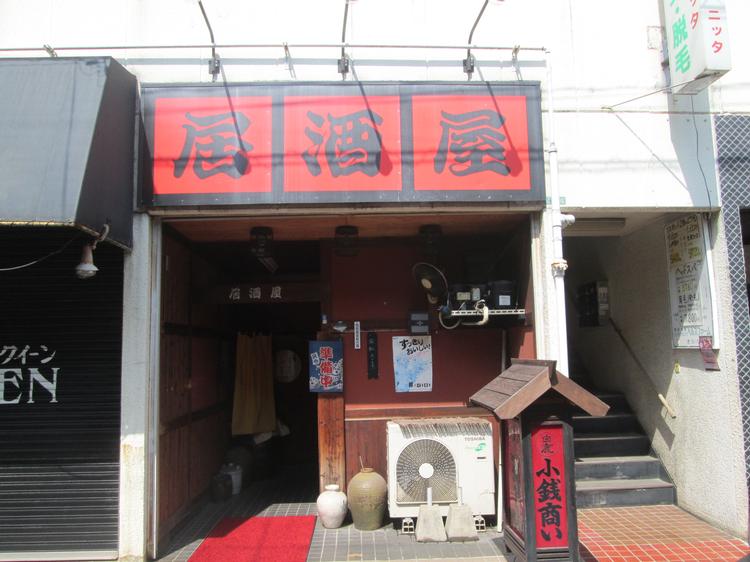
- 分類:
食べる
ジャンル: 飲む
エリア: 門司・小倉エリア
-
はなのつゆ
-

- 分類:
食べる
ジャンル: 和食
エリア: 門司・小倉エリア
-
山吹かまぼこ大里店
-

- 分類:
買う
ジャンル: 食品
エリア: 門司・小倉エリア
-
山吹かまぼこ魚町店
-

- 分類:
買う
ジャンル: 食品
エリア: 門司・小倉エリア
-
好々亭
-

- 分類:
食べる
ジャンル: その他
エリア: 門司・小倉エリア
-
鶏めし・からあげ雅亭
-

- 分類:
買う
ジャンル: 食品
エリア: 門司・小倉エリア
-
菓匠せのお
-

- 分類:
買う
ジャンル: 菓子・スイーツ
エリア: 門司・小倉エリア
-
小倉かまぼこ本店
-

- 分類:
買う
ジャンル: 食品
エリア: 門司・小倉エリア
-
小倉かまぼこ旦過店
-

- 分類:
買う
ジャンル: 食品
エリア: 門司・小倉エリア
-
あさのホテル
-

- 分類:
泊まる
ジャンル: ホテル
エリア: 門司・小倉エリア
-
北九州市立文学館
-

- 分類:
観る
ジャンル: 博物館
エリア: 門司・小倉エリア
-
えびす屋 関門
-

- 分類:
遊ぶ
ジャンル: 乗物
エリア: 門司・小倉エリア
-
小倉リーセントホテル
-

- 分類:
泊まる
ジャンル: ホテル
エリア: 門司・小倉エリア
-
すいれん
-

- 分類:
食べる
ジャンル: 和食
エリア: 門司・小倉エリア
-
ホテル クラウンヒルズ小倉
-

- 分類:
泊まる
ジャンル: ホテル
エリア: 門司・小倉エリア
-
森鴎外旧居
-

- 分類:
観る
ジャンル: 博物館
エリア: 門司・小倉エリア
-
ホテルポート門司
-
- 分類:
泊まる
ジャンル: ホテル
エリア: 門司・小倉エリア
-
廻転寿司・海鮮処 海人
-

- 分類:
食べる
ジャンル: 和食
エリア: 門司・小倉エリア
-
小倉城
-
- 分類:
観る
ジャンル: 景勝地
エリア: 門司・小倉エリア
-
小倉城庭園
-
- 分類:
観る
ジャンル: 景勝地
エリア: 門司・小倉エリア
-
旬菜旬魚 寿司 海人
-
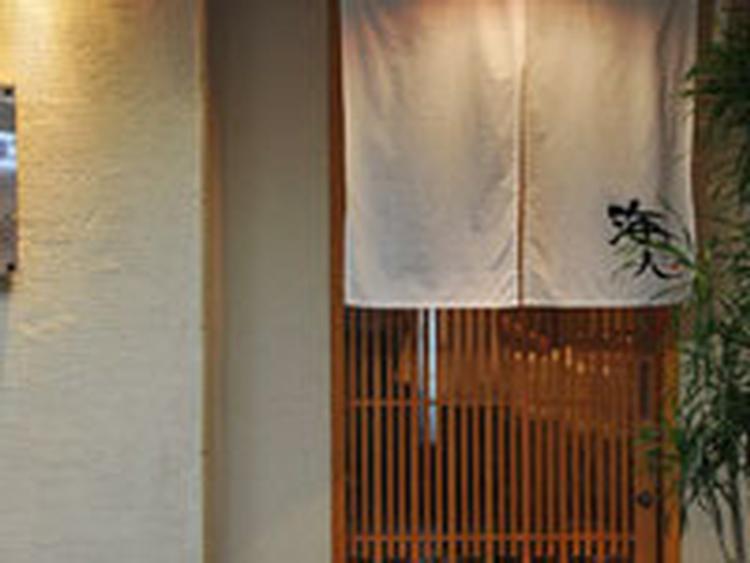
- 分類:
食べる
ジャンル: 和食
エリア: 門司・小倉エリア
-
寿司ふく料理 海人からと市場
-

- 分類:
食べる
ジャンル: 和食
エリア: 門司・小倉エリア
-
門司港レトロ展望室
-

- 分類:
観る
ジャンル: その他
エリア: 門司・小倉エリア
-
AIR'S CAFE
-

- 分類:
食べる
ジャンル: カフェ
エリア: 門司・小倉エリア
-
わたせせいぞうギャラリー
-

- 分類:
観る
ジャンル: 博物館
エリア: 門司・小倉エリア
-
カフェ・マチエール
-

- 分類:
食べる
ジャンル: カフェ
エリア: 門司・小倉エリア
-
門司港デザインハウス
-

- 分類:
買う
ジャンル: 雑貨
エリア: 門司・小倉エリア
-
アインシュタインメモリアルルーム
-

- 分類:
観る
ジャンル: 博物館
エリア: 門司・小倉エリア
-
林芙美子記念室
-

- 分類:
観る
ジャンル: 博物館
エリア: 門司・小倉エリア
-
お茶の星野園
-
- 分類:
買う
ジャンル: 食品
エリア: 門司・小倉エリア
-
旧大連航路上屋貸館
-

- 分類:
観る
ジャンル: 博物館
エリア: 門司・小倉エリア
-
旧門司税関貸しホール
-

- 分類:
観る
ジャンル: その他
エリア: 門司・小倉エリア
-
門司港地ビール工房
-

- 分類:
食べる
ジャンル: 洋食
エリア: 門司・小倉エリア
-
関門海峡ミュージアム(海峡ドラマシップ)
-

- 分類:
観る
ジャンル: 博物館
エリア: 門司・小倉エリア
-
古民家チャイハナ グリシェンカフェ
-

- 分類:
食べる
ジャンル: カフェ
エリア: 門司・小倉エリア
-
グリーングラス
-
- 分類:
食べる
ジャンル: カフェ
エリア: 門司・小倉エリア
-
キャラバンフーズ株式会社
-

- 分類:
買う
ジャンル: 食品
エリア: 門司・小倉エリア
-
地酒処 田村本店
-
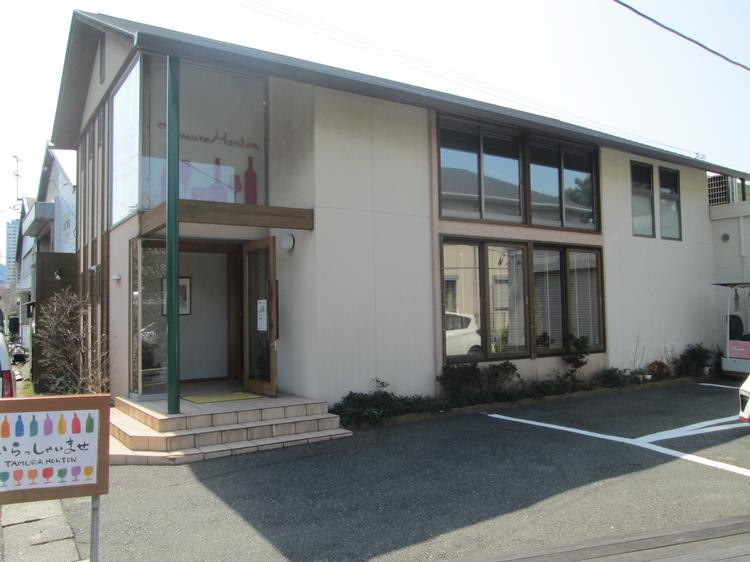
- 分類:
買う
ジャンル: 食品
エリア: 門司・小倉エリア
-
北九州市漫画ミュージアム
-

- 分類:
観る
ジャンル: 博物館
エリア: 門司・小倉エリア
-
喫茶 いこい
-
- 分類:
食べる
ジャンル: カフェ
エリア: 門司・小倉エリア
-
オオカゴ時計店
-
- 分類:
買う
ジャンル: 装飾品
エリア: 門司・小倉エリア
-
喫茶 そわある
-
- 分類:
食べる
ジャンル: カフェ
エリア: 門司・小倉エリア
-
山口酒店
-

- 分類:
買う
ジャンル: 食品
エリア: 門司・小倉エリア
-
スイードルームカワシマ
-

- 分類:
買う
ジャンル: 菓子・スイーツ
エリア: 門司・小倉エリア
-
山田芳太郎酒店
-

- 分類:
買う
ジャンル: 食品
エリア: 門司・小倉エリア
-
シューブティック てらまえ
-

- 分類:
買う
ジャンル: 服飾
エリア: 門司・小倉エリア
-
天ぷらのひろ
-

- 分類:
買う
ジャンル: 食品
エリア: 門司・小倉エリア
-
ベーカリー ヤングパン
-
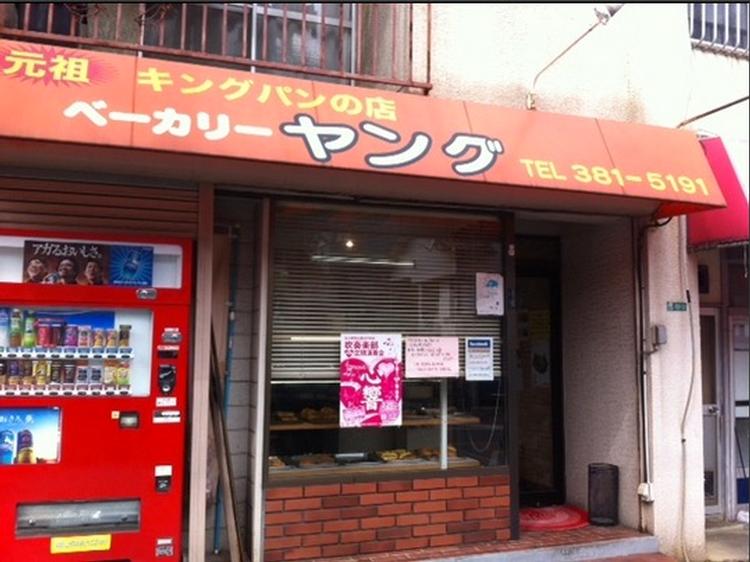
- 分類:
買う
ジャンル: 食品
エリア: 門司・小倉エリア
-
ホテルリリーフ小倉駅前
-

- 分類:
泊まる
ジャンル: ホテル
エリア: 門司・小倉エリア
-
ラーメン古潭
-

- 分類:
食べる
ジャンル: 中華
エリア: 門司・小倉エリア
-
林田酒店
-
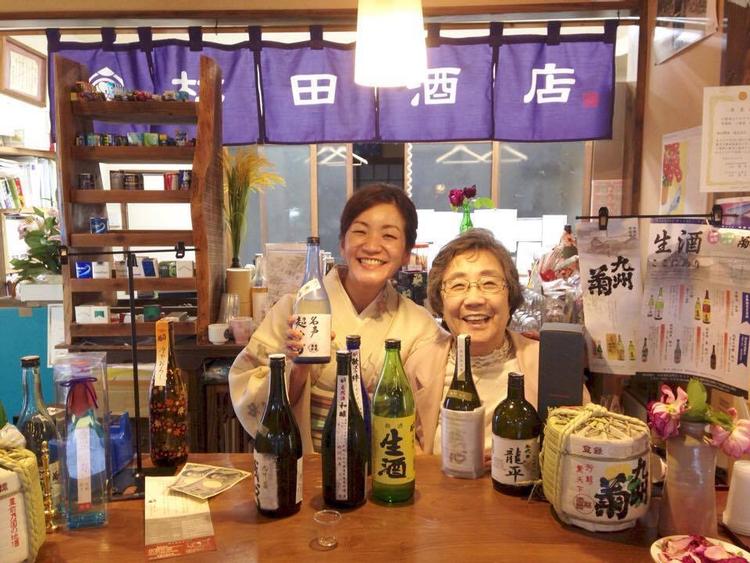
- 分類:
買う
ジャンル: 食品
エリア: 門司・小倉エリア
-
酒のたむら
-
- 分類:
買う
ジャンル: 食品
エリア: 門司・小倉エリア
-
潮風号
-
- 分類:
遊ぶ
ジャンル: 乗物
エリア: 門司・小倉エリア
-
戸上神社
-

- 分類:
観る
ジャンル: その他
エリア: 門司・小倉エリア
-
平尾台自然の郷
-

- 分類:
観る
ジャンル: 景勝地
エリア: 門司・小倉エリア
-
平尾台自然観察センター
-
- 分類:
観る
ジャンル: 博物館
エリア: 門司・小倉エリア
-
水環境館
-

- 分類:
観る
ジャンル: 博物館
エリア: 門司・小倉エリア
-
淡島神社
-

- 分類:
観る
ジャンル: その他
エリア: 門司・小倉エリア
-
薩摩屋酒店
-

- 分類:
買う
ジャンル: 食品
エリア: 門司・小倉エリア
-
広島風お好み焼き安芸 門司店
-
- 分類:
食べる
ジャンル: 和食
エリア: 門司・小倉エリア
-
藤井家具
-

- 分類:
買う
ジャンル: 生活・日用品
エリア: 門司・小倉エリア
-
ぬかみそだき専門店「ふじた」旦過本店
-

- 分類:
買う
ジャンル: 食品
エリア: 門司・小倉エリア
-
ぬかみそだき専門店「ふじた」門司店
-

- 分類:
買う
ジャンル: 食品
エリア: 門司・小倉エリア
-
蕎麦屋酒 今昔亭
-

- 分類:
食べる
ジャンル: 和食
エリア: 門司・小倉エリア
-
鎮西橋公園
-

- 分類:
遊ぶ
ジャンル:
エリア: 門司・小倉エリア
-
門司電気通信レトロ館
-

- 分類:
観る
ジャンル: 博物館
エリア: 門司・小倉エリア
-
門司港レトロ展望室
-

- 分類:
観る
ジャンル: その他
エリア: 門司・小倉エリア
-
ブルーウィングもじ
-

- 分類:
観る
ジャンル: 景勝地
エリア: 門司・小倉エリア
-
栄町銀天街
-

- 分類:
買う
ジャンル: その他
エリア: 門司・小倉エリア
-
錦町公民館
-

- 分類:
観る
ジャンル: その他
エリア: 門司・小倉エリア
-





















